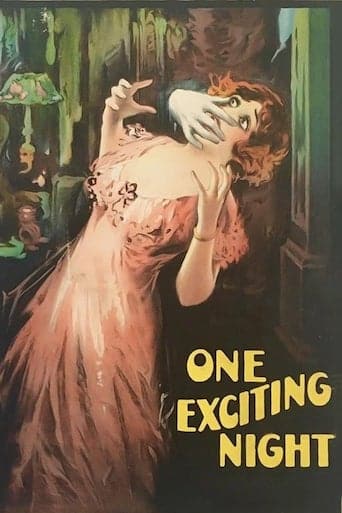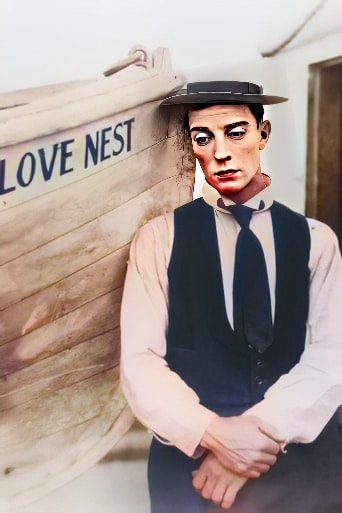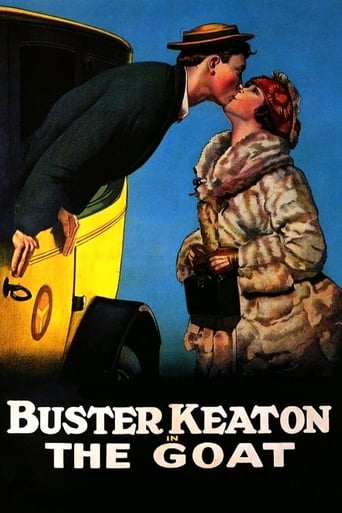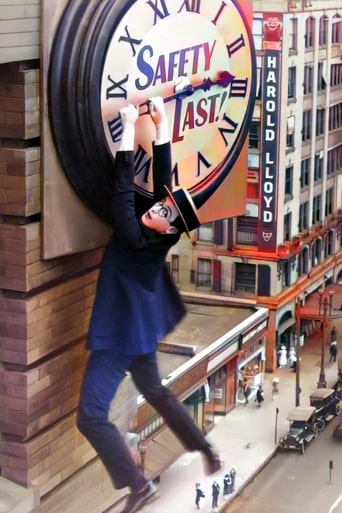The Saphead (1920)

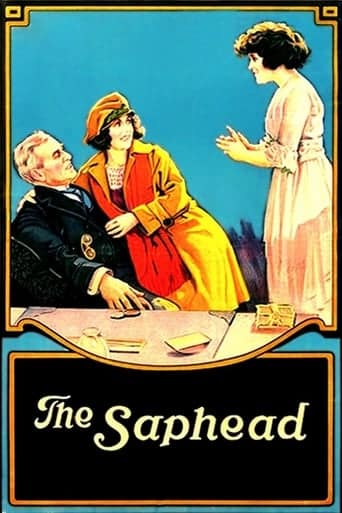 “The Saphead” (1920) directed by Herbert Blaché is a silent comedy that not only showcases the comedic genius of Buster Keaton but also provides a satirical commentary on social class, family dynamics, and financial intrigue.
“The Saphead” (1920) directed by Herbert Blaché is a silent comedy that not only showcases the comedic genius of Buster Keaton but also provides a satirical commentary on social class, family dynamics, and financial intrigue.
In this film, Keaton portrays Bertie Van Alstyne, the seemingly naïve and carefree son of the wealthiest man in New York, Nicholas Van Alstyne, played by William H. Crane.
The narrative unfolds as Bertie, despite his father’s expectations, engages in frivolous and irresponsible behavior, including gambling and partying. However, the audience soon discovers that this is all an elaborate ruse concocted by Bertie to win the heart of his adopted sister Agnes, played by Carol Holloway. This revelation sets the stage for a series of misunderstandings and misadventures.
One of the central conflicts arises when Bertie’s sister Rose, married to the unscrupulous lawyer Mark Turner ( Irving Cummings), becomes entangled in a web of deception. Mark, a troublemaker with his own set of moral failings, has a mistress named Henrietta and an illegitimate child with her. When Henrietta dies, a letter arrives, but Mark claims it as Bertie’s, leading to a tragic misunderstanding that results in Bertie being disowned by his father.
This familial discord sets the tone for the broader social commentary embedded in the film. “The Saphead” satirizes the superficiality of high society, highlighting the absurdity of wealth and social standing. Bertie’s perceived incompetence becomes a comedic critique of the societal expectations placed upon the wealthy elite.
As the plot unfolds, Bertie’s innocence is both endearing and comical. His character, while initially misunderstood, proves to be more astute and resourceful than anyone gives him credit for. This narrative twist is a testament to Keaton’s ability to subvert expectations and inject depth into his comedic performances.
A pivotal moment occurs when Van Alstyne entrusts Mark Turner with managing the family’s finances during his absence. Unbeknownst to Van Alstyne, Mark plots to seize control of the family fortune by selling off all their stock. This sets the stage for a classic comedic resolution as Bertie, inadvertently and unknowingly, steps in to save the day.
The film cleverly uses Bertie’s supposed ineptitude to highlight the foibles of those around him. His actions, driven by genuine love and a desire to protect his family, inadvertently thwart the schemes of the conniving Mark. In a stroke of irony, Bertie’s unintentional heroism becomes the catalyst for reconciliation with his father.
“The Saphead” explores themes of deception, loyalty, and the true meaning of family. The film’s comedic elements are interwoven with a subtle critique of societal expectations and the consequences of placing undue importance on social status.
In the end, the film resolves on a positive note. Bertie is forgiven by his father, and he is allowed to marry Agnes. The demise of the scheming Mark provides a fitting conclusion to the narrative, allowing the Van Alstyne family to rebuild and move forward.
“The Saphead” is a testament to Buster Keaton’s comedic brilliance and storytelling prowess. His ability to navigate complex narratives while maintaining a humorous and endearing character showcases why he remains an icon of silent cinema. The film’s exploration of social satire and family dynamics adds depth to the comedy, making it a classic that continues to entertain and resonate with audiences today.
Release Date: September 20th, 1920
Main Cast Members
Buster Keaton (Bertie Van Alstyne)
William H. Crane (Nicholas Van Alstyne)
Irving Cummings (Mark Turner)
Edward Jobson (Reverend Murray Hilton)
Edward Connelly (Mr. Musgrave)
Carol Holloway (Rose Turner)
Jack Livingston (Dr. George Wainright)
Loading live eBay listings...

